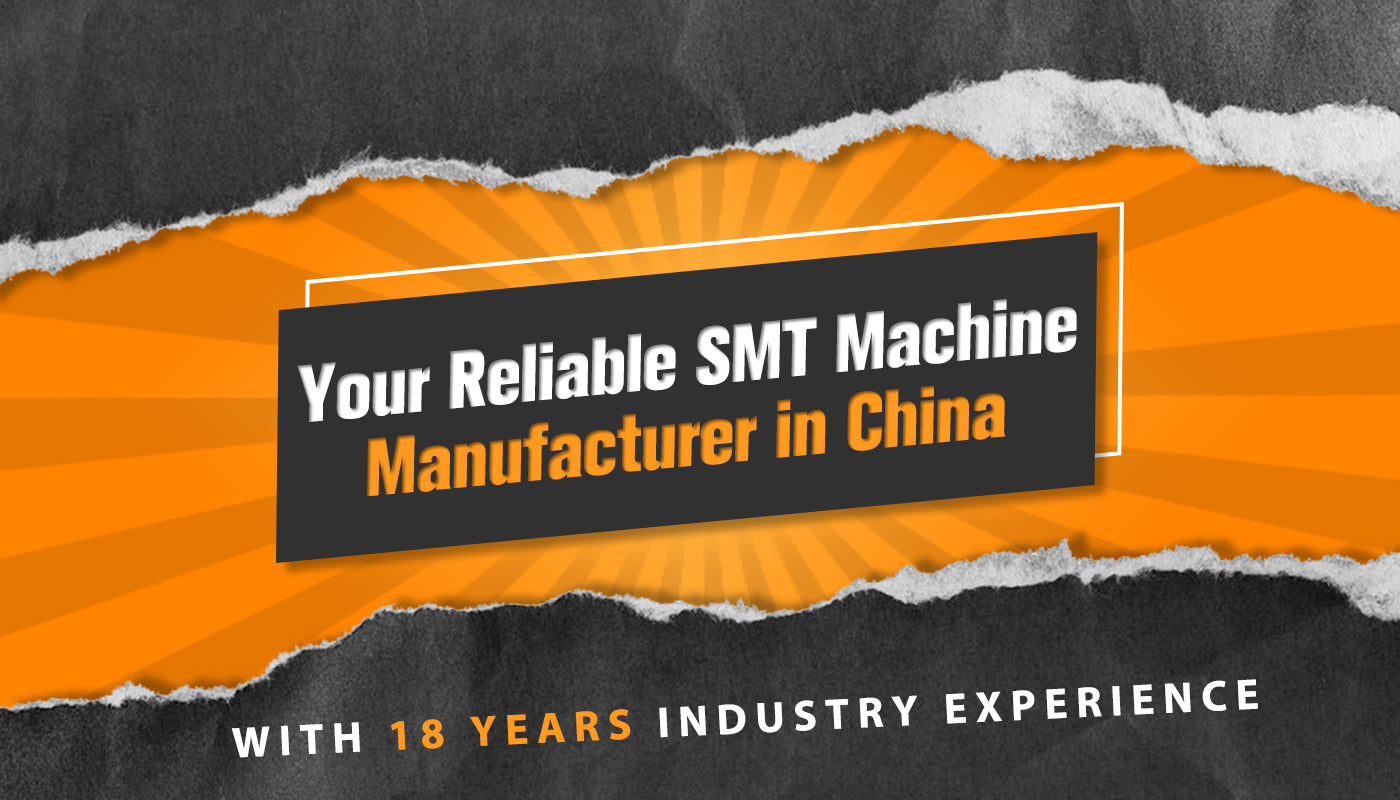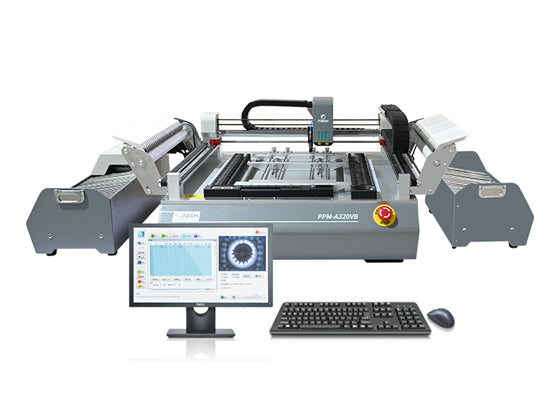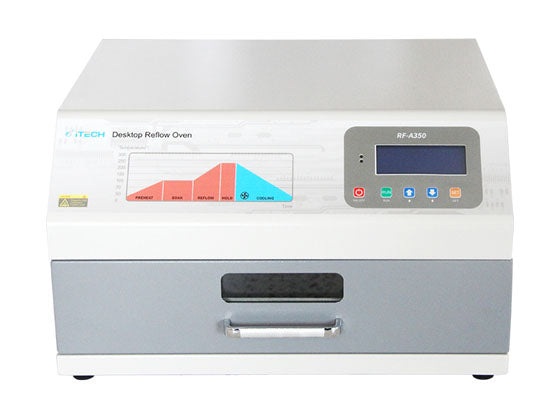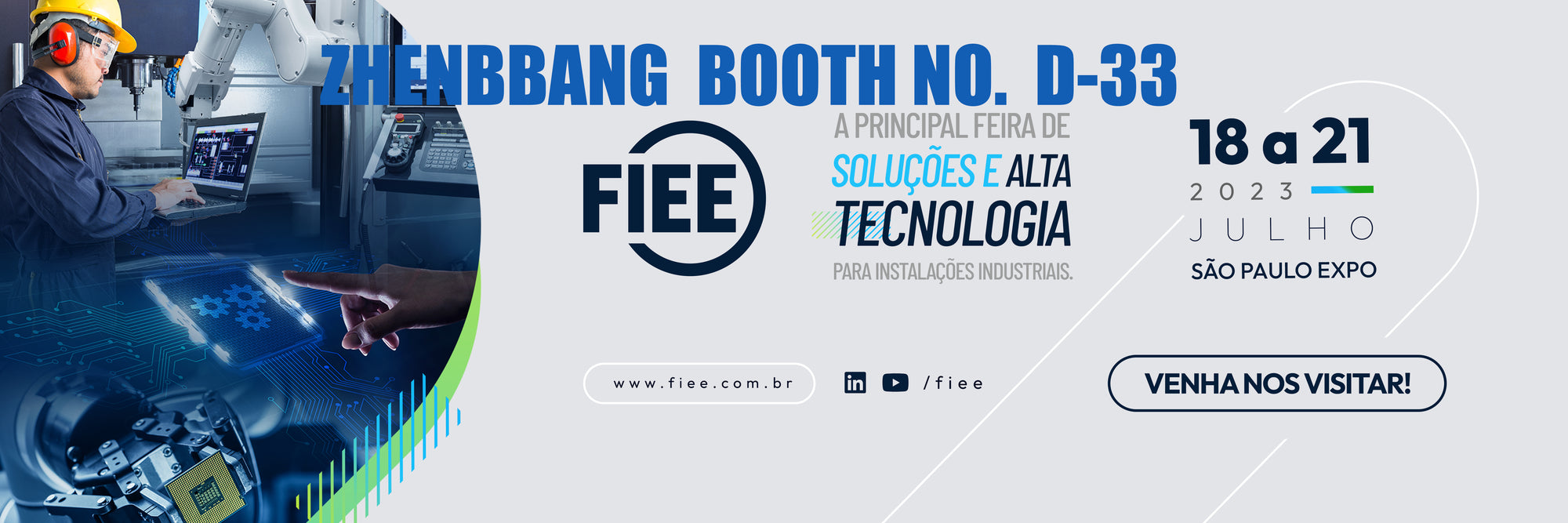Pick and place machines are primarily designed for surface mount technology (SMT) assembly, which is the dominant method for electronic component placement on printed circuit boards (PCBs) today. However, when it comes to through-hole components, which have leads that pass through holes in the PCB, pick and place machines are not as commonly used. Several factors contribute to the limited popularity of pick and place machines for through-hole assembly:
Manual Insertion: Through-hole components typically require manual insertion due to their design. The leads of the components need to be manually inserted into the corresponding holes on the PCB. This process often involves bending and trimming the leads, which is difficult to automate with a pick and place machine.
Mechanical Considerations: Through-hole components have larger dimensions and mechanical connections compared to surface mount components. These components require a mechanical connection, such as soldering or clinching, to ensure secure attachment to the PCB. Pick and place machines are not well-suited for performing these mechanical processes.
Component Variability: Through-hole components come in a wide range of shapes, sizes, and lead configurations. This variability makes it challenging for pick and place machines to handle and orient the components accurately and consistently. Customized tooling and nozzles would be required for each unique component, adding complexity and cost to the machine setup.
Low Component Density: Through-hole components typically have larger spacing between them compared to surface mount components. As a result, the component density on the PCB is lower, and the placement speed offered by pick and place machines may not provide significant productivity gains compared to manual insertion.
Niche Applications: Through-hole assembly is still commonly used in certain industries and applications, particularly in areas that require high mechanical stability or high power and heat dissipation. These specialized applications may not benefit as much from the high-speed, high-precision capabilities of pick and place machines, making manual assembly a more suitable option.
Despite the limited popularity of pick and place machines for through-hole assembly, there are some automated solutions available for specific through-hole components. Wave soldering machines, selective soldering machines, and radial insertion machines are examples of equipment designed to automate certain aspects of through-hole assembly, such as wave soldering or the insertion of radial lead components.
It's worth noting that as electronics manufacturing continues to evolve, there is a trend towards miniaturization and increased adoption of surface mount technology. This has led to a decline in the overall usage of through-hole components, further reducing the demand for pick and place machines specifically tailored for through-hole assembly.
Manual Insertion: Through-hole components typically require manual insertion due to their design. The leads of the components need to be manually inserted into the corresponding holes on the PCB. This process often involves bending and trimming the leads, which is difficult to automate with a pick and place machine.
Mechanical Considerations: Through-hole components have larger dimensions and mechanical connections compared to surface mount components. These components require a mechanical connection, such as soldering or clinching, to ensure secure attachment to the PCB. Pick and place machines are not well-suited for performing these mechanical processes.
Component Variability: Through-hole components come in a wide range of shapes, sizes, and lead configurations. This variability makes it challenging for pick and place machines to handle and orient the components accurately and consistently. Customized tooling and nozzles would be required for each unique component, adding complexity and cost to the machine setup.
Low Component Density: Through-hole components typically have larger spacing between them compared to surface mount components. As a result, the component density on the PCB is lower, and the placement speed offered by pick and place machines may not provide significant productivity gains compared to manual insertion.
Niche Applications: Through-hole assembly is still commonly used in certain industries and applications, particularly in areas that require high mechanical stability or high power and heat dissipation. These specialized applications may not benefit as much from the high-speed, high-precision capabilities of pick and place machines, making manual assembly a more suitable option.
Despite the limited popularity of pick and place machines for through-hole assembly, there are some automated solutions available for specific through-hole components. Wave soldering machines, selective soldering machines, and radial insertion machines are examples of equipment designed to automate certain aspects of through-hole assembly, such as wave soldering or the insertion of radial lead components.
It's worth noting that as electronics manufacturing continues to evolve, there is a trend towards miniaturization and increased adoption of surface mount technology. This has led to a decline in the overall usage of through-hole components, further reducing the demand for pick and place machines specifically tailored for through-hole assembly.






